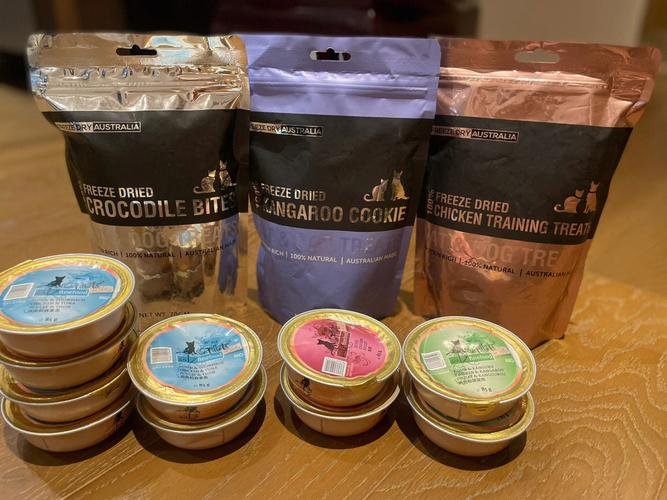
Crocodile Bite Muscles: A Detailed Look into the Powerhouse of these Ancient Creatures
The crocodile, an ancient reptile that has roamed the Earth for millions of years, is renowned for its formidable bite. But what lies beneath the scales and what makes this bite so powerful? Let’s delve into the crocodile bite muscles and understand the mechanics behind this incredible force.
Understanding the Crocodile’s Bite
The crocodile’s bite is one of the strongest in the animal kingdom. It can exert a force of up to 3,700 pounds per square inch (psi), which is more than enough to crush a car or break a human bone. This incredible bite force is a result of several factors, including the unique structure of the crocodile’s jaw and the powerful muscles that control it.

The Structure of the Crocodile’s Jaw
The crocodile’s jaw is designed to withstand immense pressure. It consists of a series of bones that are fused together, creating a rigid structure that can withstand the forces generated by a powerful bite. The upper jaw, known as the maxilla, is fused to the skull, while the lower jaw, or mandible, is hinged to the skull and can move independently.
The crocodile’s teeth are also a key factor in its bite force. They are arranged in a way that allows the crocodile to hold onto its prey with a firm grip, even if it is struggling. The teeth are also sharp and pointed, which helps to cut through flesh and bone.
The Crocodile Bite Muscles
The muscles responsible for the crocodile’s bite are located in the lower jaw and the area around the skull. These muscles are incredibly strong and are capable of generating a tremendous amount of force. Let’s take a closer look at some of the key muscles involved:
| Muscle | Function |
|---|---|
| Masseter | Closes the jaw and generates the initial force of the bite |
| Temporalis | Assists in closing the jaw and provides additional force |
| Pterygoideus | Helps to stabilize the lower jaw and provides additional force |
| Mylohyoid | Assists in opening and closing the mouth |
The masseter muscle is the primary muscle responsible for closing the jaw and generating the initial force of the bite. It is located on the side of the head and is one of the strongest muscles in the crocodile’s body. The temporalis muscle, located on the side of the skull, assists in closing the jaw and provides additional force. The pterygoideus muscle helps to stabilize the lower jaw and provides additional force, while the mylohyoid muscle assists in opening and closing the mouth.

How the Muscles Work Together
The crocodile’s bite muscles work together in a coordinated manner to generate a powerful bite. When the crocodile closes its mouth, the masseter muscle contracts, pulling the lower jaw down and forward. The temporalis muscle then contracts, adding additional force to the bite. The pterygoideus muscle helps to stabilize the lower jaw, while the mylohyoid muscle assists in opening and closing the mouth.
This coordinated effort results in a bite force that is capable of breaking through the toughest of prey. The crocodile’s bite is not only powerful but also incredibly precise, allowing it to target specific areas of its prey with great accuracy.
The Evolution of the Crocodile’s Bite
The crocodile’s bite has evolved over millions of years to become one of the most formidable in the animal kingdom. This evolution has been driven by the crocodile’s need to survive in a variety of environments and to hunt a wide range of prey. The powerful bite has allowed the crocodile to become a top predator in its ecosystem.
Over time, the crocodile’s bite has become more efficient and powerful. The evolution of the crocodile’s bite muscles has allowed it to exert a greater force, making it even more effective at hunting and defending itself.
Conclusion
The crocodile’s bite muscles are a marvel of evolutionary engineering. The combination of the crocodile’s unique jaw structure and the powerful muscles that control it results in one of the strongest bites in the animal kingdom.







